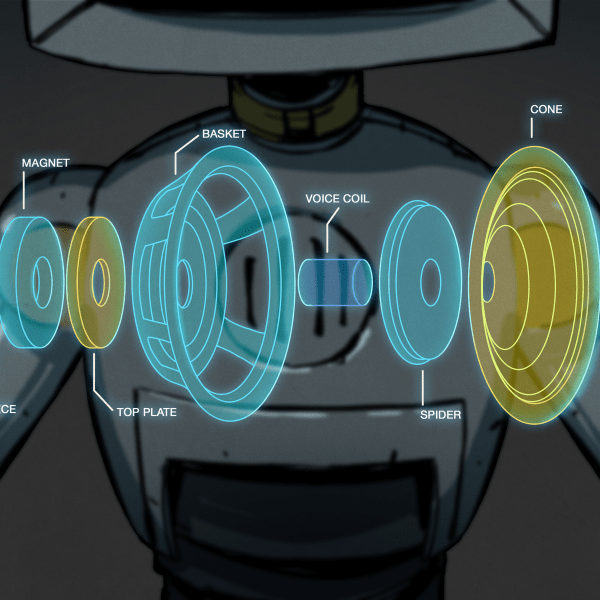
[rdagger] sent us this really well done multitouch MAME cabinet build. He ha penned to find a used, and fairly worn cocktail cabinet. The monitor was damaged, keys lost, and internals had been home to mice for some time. He promptly tore out the old guts, replaced the smelly mouse damaged base and began building the projection system. For touch sensing, he’s using a web cam with the IR filter removed to detect disturbances in some IR laser beams. We’re not completely clear on how he mounted the lasers, he skips over that part. There’s nothing groundbreaking in the technology here, we’ve done multitouch many times before. This project stands out in its execution. [rdagger] has done a fantastic job, the construction looks fantastic. Check out a video of it working after the break.












